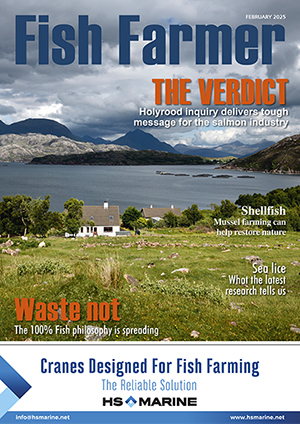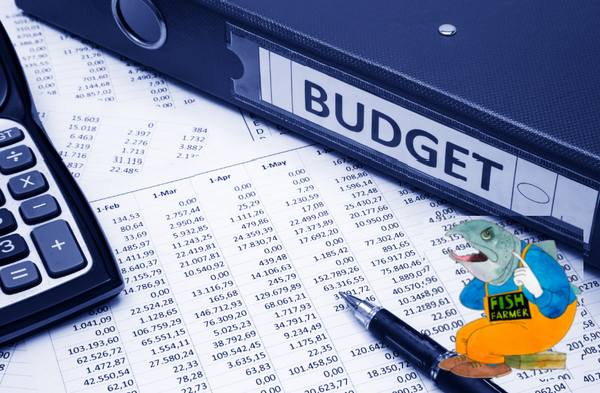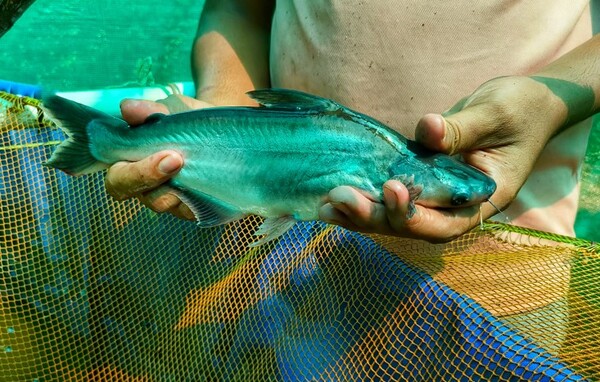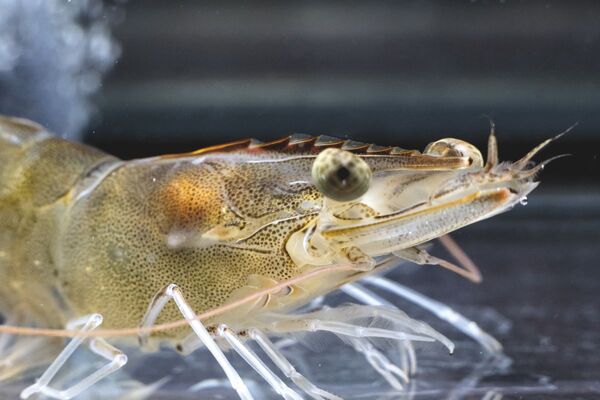Hopes and fears for Europe's shellfish farmers
The EU’s shellfish farmers are demanding a more positive policy from the lawmakers, as Nicki Holmyard reports.
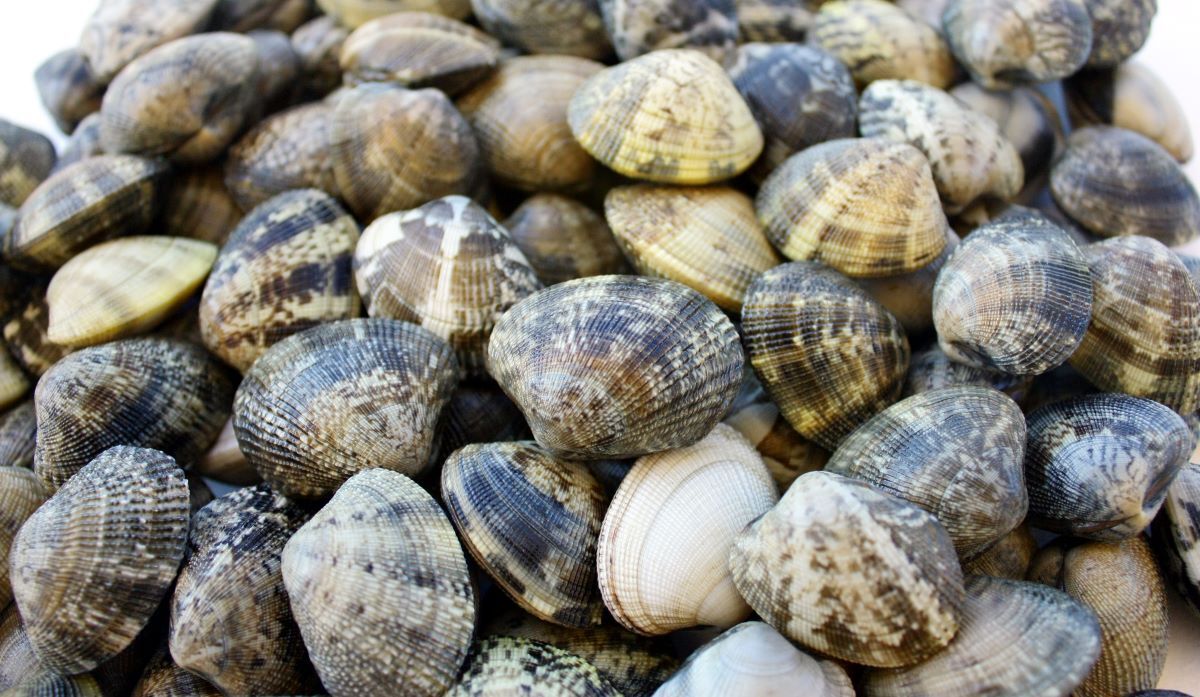
I can often be heard uttering the words: “Oh to be back in the European Union!” if only to ease the issues surrounding the export of live bivalve molluscs, when water quality problems, border control hold-ups, veterinary inspections and hiccoughs over paperwork make life difficult.
However, it is easy to think that the grass is greener on the other side. It was sobering to read the European Mollusc Producers Association’s (EMPA) Manifesto for the Sustainable Development of the European Shellfish Sector, which shows that life is not all a bed of roses (or oysters) for their producers.
EMPA presented its manifesto at an event in the European Parliament in Strasbourg in October, and called for the creation of an ambitious Common Aquaculture Policy for the EU.
The manifesto is a list of policy claims and objectives for the next five years that calls for the strict implementation of environmental regulations related to wastewater treatments and water management, for political support for the sector’s development, and for valorisation and compensation of the ecosystem services provided by the sector.
Our calls to DEFRA are very similar, and have been for many years, but we seem to make little progress towards a resolution. Civil servants and ministers pay lip service, yet little has been forthcoming by way of progress. It will be interesting to see whether EMPA manages to gain traction.
EU strategic guidelines are for a more sustainable and competitive EU aquaculture sector for the period 2021 to 2030 and call for diversification towards non-fed and low-trophic species, which have a lower environmental footprint than fed aquaculture species.
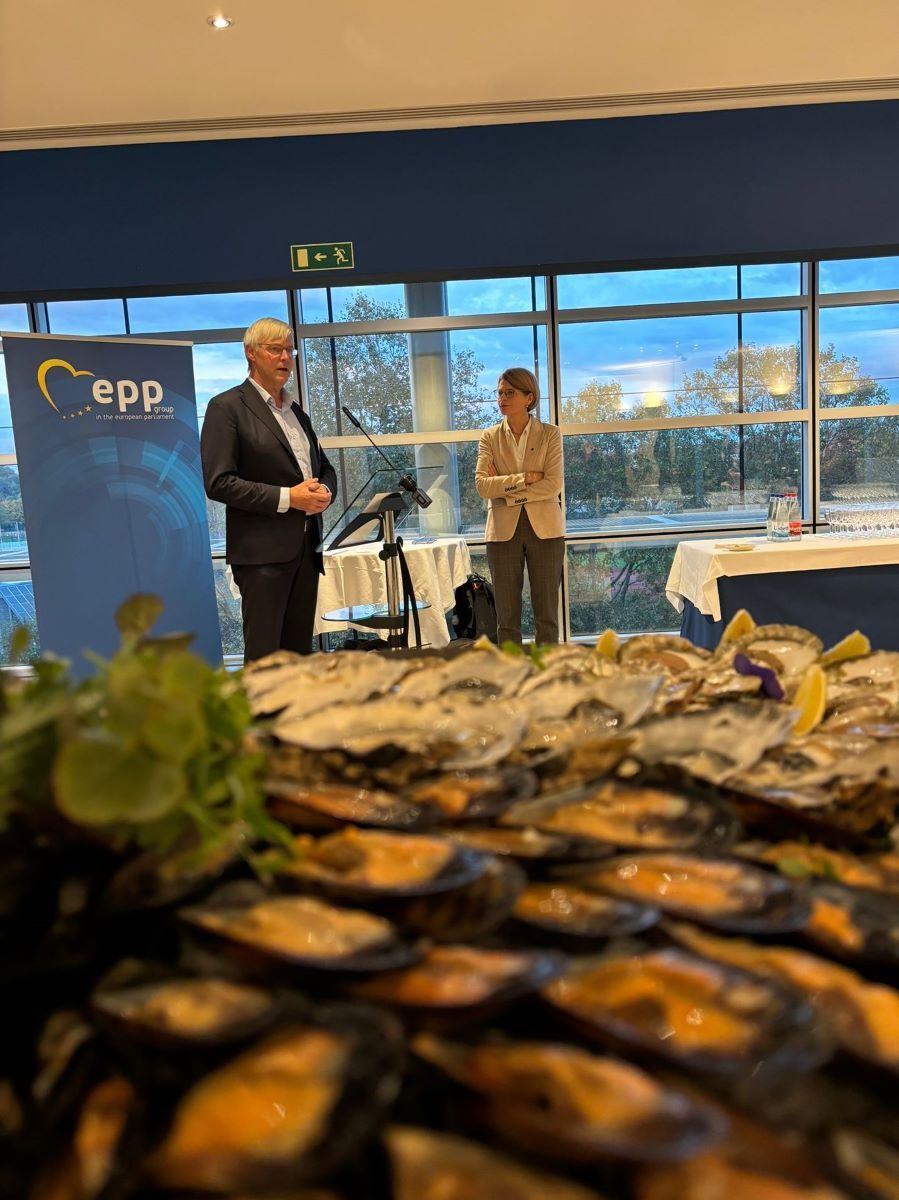
Key figures from EMPA show that European aquaculture production is around 1.157 million metric tons (MT), of which shellfish production accounts for 581,000 MT. The sector is worth 30% of the €1,051 million aquaculture turnover and employs over 20,000 people. However, the industry has been in steady decline for 20 years, according to EMPA President, Addy Risseeuw.
This is despite the fact that shellfish farming not only produces food, but also offers solutions to many environmental and climate challenges. Ecosystem services include reducing water turbidity and eutrophication through filtration, combating coastal erosion, absorbing nitrogen which limits the risk of algal blooms, habitat creation and an increase in local biodiversity, and carbon sequestration.
The sector is also increasingly turning toward circularity, offering alternatives such as bio-sourced shell-based materials for multiple applications, including construction.
According to the BIM Seafood Carbon Report 2023, which EMPA quotes in its manifesto, the carbon footprint of rope grown mussels is 107 kg CO2 equivalent / MT and that of oysters is 235 kg CO2 equivalent / MT, compared with beef production at 27,000 kg CO2 equivalent / MT and chicken at 1,500 kg CO2 equivalent / MT. Interestingly, the figure for bottom grown mussels is 824 kg CO2 equivalent / MT and the equivalent for generic farmed fish is 6,000 kg CO2 equivalent / MT.
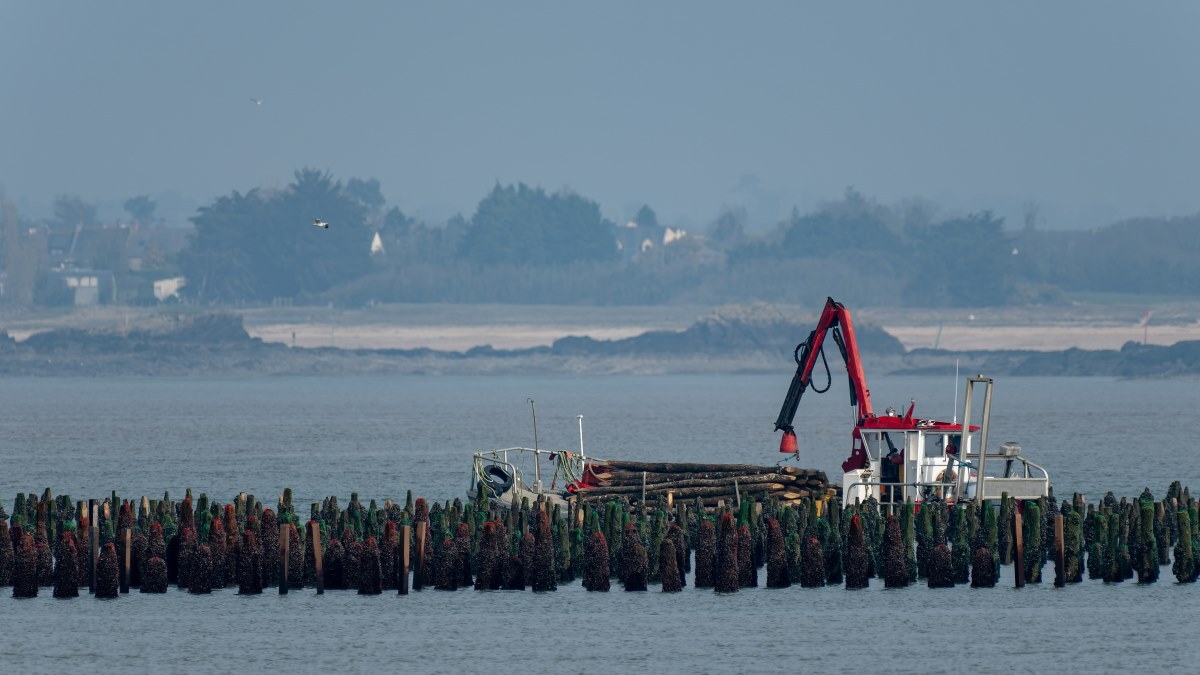
Bold ambitions
In presenting his organisation’s manifesto, Risseeuw told parliamentary members that the ambitions of the European Union for aquaculture were as bold as they were necessary.
“The EU envisions a future where sustainable aquaculture plays a pivotal role in food security, environmental sustainability, and economic resilience. Unfortunately, the reality on the ground is very different,” he said.
EMPA points out that 70% of seafood consumed in the EU is imported, yet mollusc and macro-algae production has real potential to increase and to help diversify the source of proteins consumed by Europeans.
Developing the shellfish farming sector effectively would contribute to sustainable food production, and to the EU’s food security.
Specific asks in this respect include a definition of European growth targets for shellfish production, including organic production; encouragement of sustainability certification schemes and labels for products; and promotion of consumption amongst the younger generation.
In order to facilitate an increase in shellfish production, there is a need for simplification of the administrative framework for licensing procedures and a faster turnaround in the granting of new licences in coastal and offshore areas. New targets for the allocation of coastal space for shellfish farming are urgently needed, not forgetting that it can be developed in co-location with many other activities. Co-use criteria should be included in offshore wind energy calls for tenders.
EMPA would like to see a tripling of the area allocated to shellfish farming, in order to increase production and profit from the associated environmental and economic benefits.
As well as improving water quality in discrete areas, shellfish farming is itself intrinsically dependent on the quality of the water in which it is farmed. Unfortunately, that quality has deteriorated over time, partly as a result of climate change, and there is an urgent need to address the issue if the industry is to survive and thrive.
The manifesto points out that the “conservation and preservation of water nutrients levels similar to historical ones is essential. … allocating more space to shellfish farming must be combined with operational means to improve the chemical, biological and microbiological quality of water in production areas, through an integrated approach from river basins to marine waters, taking into account the impacts of climate change.”
EMPA has a number of asks on this subject, including a specific directive on the quality of shellfish waters, with environmental objectives and indicators specific to the needs of the sector, and adoption of a “polluter pays” principle so that shellfish producers can be compensated by any business that pollutes production waters.
The creation of coastal area governance models that include a range of maritime and environmental stakeholders would make it easier to oppose terrestrial management decisions, taken upstream of coastal watersheds, that could have a detrimental effect on shellfish farming areas.
Standards for Life Cycle Assessment (LCA) methodologies and for the certification of ecosystem services by farmed shellfish are also called for, which would enable shellfish producers to receive compensatory payments.
The inclusion of shellfish aquaculture as de-facto “Other Effective area-based Conservation Measures’”(OECMs) for restoring biodiversity outside of protected areas is also needed.
Finally, EMPA points out that two decades after introducing the first European strategy for the development of sustainable aquaculture, the sector has not got off the ground in any significant way. A Common Aquaculture Policy would provide coordination, coherence and political impetus at a European level and bring together the existing but disparate policies and legislative frameworks.
Keep up the good work, EMPA. We hope that any success may be something we can emulate here in the UK.
